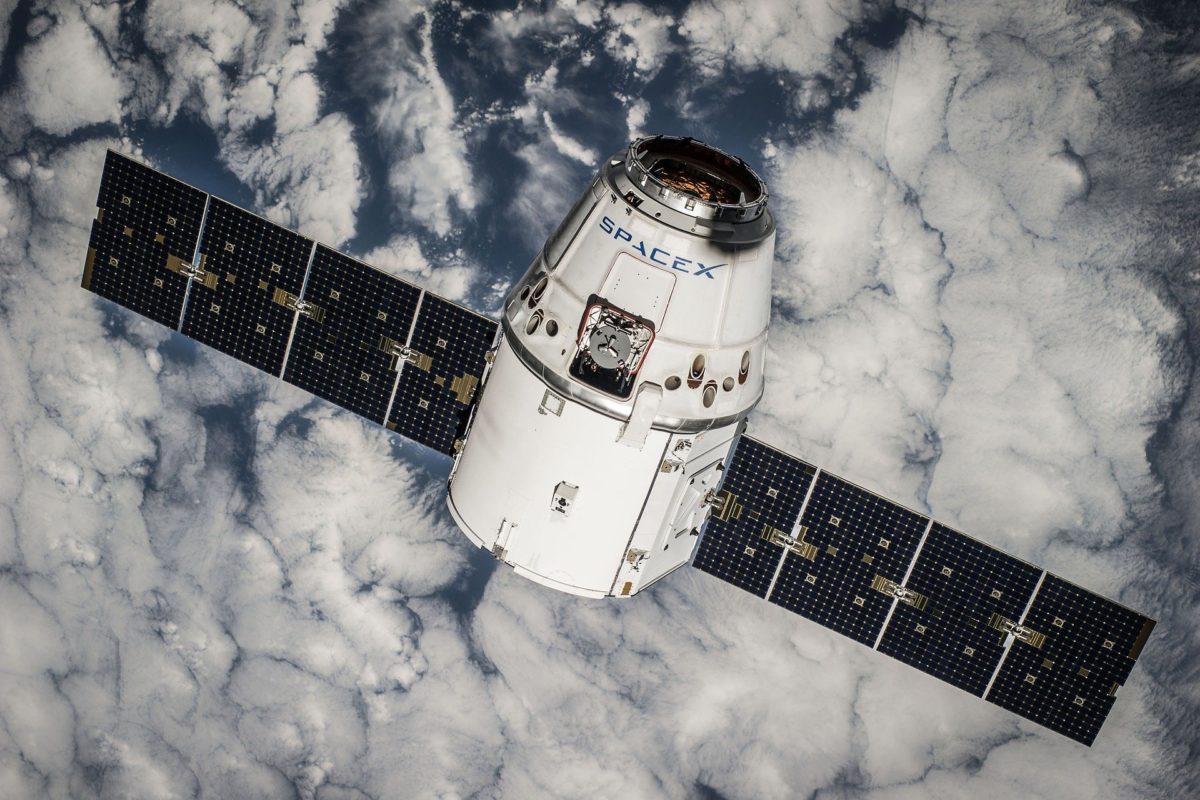An Italian research team has proposed a new theoretical approach which is said to describe with improved accuracy the propagation of electromagnetic waves in heterojunction III-V solar cells.
The scientists said the proposed approach combines the scattering matrix method (SMM), which is the mostly utilized method for the performance simulation of multijunction cells, with the Hovel model, which is also used to assess the electrical characteristics of solar cells but is known for being unable to detect interference effects.
The SMM is generally used to solve Maxwell's equations, which are applied to develop mathematical models for electric power generation, optical, and radio technologies. “However, if the advantage of TMM over the Hovel model is the ability to calculate more accurately the electromagnetic radiation inside the solar cell structure, its disadvantage is the higher complexity,” the scientists admitted.
Numerical stability
They further explained that combining the simplicity of the Hovel model and the precision of the TMM has enabled them to analyze the propagation of electromagnetic waves inside the solar cell structures without suffering of numerical instability, which increases particularly when a multijunction cell reaches a certain thickness.
The research group said the validity of their approach was initially demonstrated on triple junction solar cells based on indium gallium phosphide (InGaP), indium gallium arsenide (InGaAs) and germanium (Ge). This analysis has provided, according to the scientists, simple analytical solutions of the continuity equation, without losing, at the same time, the accuracy for analyzing the propagation of electromagnetic waves inside the InGaP/InGaAs/Ge cells structures, taking into account the interference effects.
Popular content
Real performance simulation
At a later stage, the method was applied for a performance simulation of quadruple junction cells of the same type, in which even a 100 micron thick layer has been included. “In the simulation, the current‐voltage (I‐V) curves have been obtained neglecting the series and shunt resistance (ideal I‐V curves),” the researchers wrote.
The researchers also claim to have demonstrated that the generation function calculated by applying SMM can be notably simplified, once the interference of counterpropagating waves in the active layers of the solar cell can be omitted. “It is possible to get sufficiently precise analytical solutions of the continuity equation in the quasi‐neutral regions of the subcells of the MJ device,” they wrote.
The scientist affirmed that the simulation has also showed that, with proper antireflective coating, quadruple junction solar cells made of indium gallium phosphide (InGaP), indium gallium arsenide (InGaAs) silicum germanium and tin (SiGeSn) and germanium (Ge) may reach efficiencies of 50%.
The findings of the research were described in the paper A new theoretical approach for the performance simulation of multijunction solar cells, published in Progress in Photovoltaics.
This content is protected by copyright and may not be reused. If you want to cooperate with us and would like to reuse some of our content, please contact: editors@pv-magazine.com.



Kindly do send me your Daily Mails. Thanks
Thanks Amritananda, You can sign up for our email newsletter under the ‘About’ tab on our homepage, and then selecting ‘Newsletter’ or by visiting pv-magazine.com/newsletter/
We are buyer of Silicon Wafer scrap/ powder material and if the material is available then plz contact us on email.
If possible please help us for the same
Regards-Abhishek Jain
Mumbai City, India
http://www.ambikemetallica.com